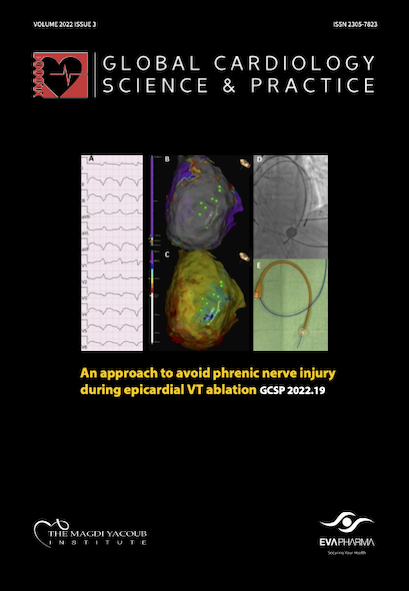Gastrointestinal bleeding during anticoagulation with direct oral anticoagulants compared to vitamin K antagonists
DOI:
https://doi.org/10.21542/gcsp.2022.21Abstract
Aim: Patients receiving oral anticoagulants with vitamin K antagonists (VKAs) and direct oral anticoagulants (DOACs) have an increased risk of gastrointestinal bleeding (GIB). We compared cases of GIB associated with VKAs and DOACs in terms of risk factors, scores, timing, location, severity, and outcome.
Methods: Data from patients treated at a university hospital in Switzerland for GIB under VKA and DOACs between 2012 and 2018 were analyzed in this investigator-driven, retrospective, single-center study.
Results: A total of 248 patients (110 males; median age, 80 years; 134 VKA, 114 DOAC) were included. No significant differences in age, weight or sex were observed. The propensity of the VKA group for risk factors such as comorbidities, interacting medications, or a high risk for bleeding (HAS-BLED score) was higher than that of the DOAC group. 56% of the VKA-treated patients had a supratherapeutic INR, and 25% in the DOAC group received an unlicensed dose. Significantly more patients in the DOAC group were not formally overdosed with OAC whilst receiving amiodarone compared to the VKA group (57% vs. 18%, respectively, p = 0.03). Latency between the documented start of oral anticoagulation and GIB was shorter in the DOAC group (median 3 months) than in the VKA group (median 23.5 months, p<0.001). There were no differences in terms of location and severity of the GIB, length of hospitalization, or mortality.
Conclusion: Patients taking VKAs displayed more risk factors for GIB than those taking DOACs. Treatment with DOACs was associated with early GIB and calls for increased vigilance during the first months after commencement. Co-medication with amiodarone appeared to be a risk factor for GIB in patients taking DOACs.
Downloads
Additional Files
Published
Issue
Section
License
This is an open access article distributed under the terms of the Creative Commons Attribution license CC BY 4.0, which permits unrestricted use, distribution and reproduction in any medium, provided the original work is properly cited.


